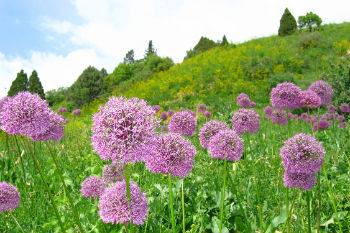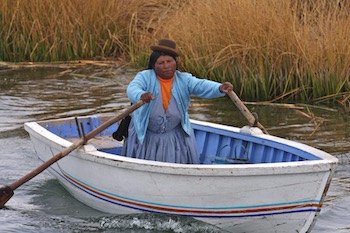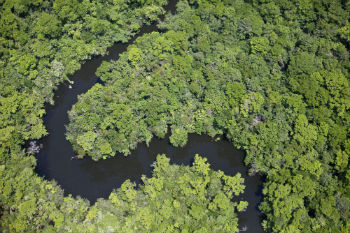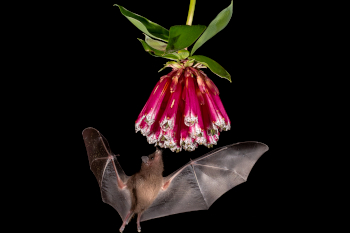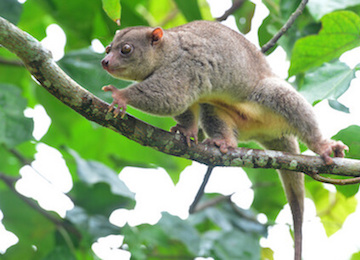Main menu
CEPF is a joint initiative of l’Agence Française de Développement, Conservation International, the European Union, Fondation Hans Wilsdorf, the Global Environment Facility, the Government of Canada, the Government of Japan and the World Bank. A fundamental goal is to ensure civil society is engaged in biodiversity conservation.
Visitez le site français コア情報の日本語翻訳を読むOr use Google Translate to translate the English site to your language:
GTranslate
Milestone Agreements in Wallacea
Important collaboration will help mainstream conservation
By: Wallacea RIT Team Leader Adi Widyanto and CEPF Senior Communications Manager Marsea Nelson
12 June 2018
12 June 2018
A few of Indonesia’s 17,000 islands tend to take the conservation spotlight. The forests of Kalimantan and Sumatra, for example, are well known thanks to iconic residents like orangutans and tigers. Meanwhile, Papua, in the country’s east, boasts dozens of unique bird species.
But Indonesia has thousands of other islands—known collectively as the Wallacea Biodiversity Hotspot—that are also a conservation priority. Threats including logging and hunting are placing Wallacea’s vulnerable ecosystems, and the species that depend on them, in jeopardy.
Burung Indonesia, the organization serving as CEPF’s regional implementation team for the Wallacea Hotspot, recently achieved a substantial step forward in having the significance of Wallacea’s ecosystems recognized. Nine agencies of the Indonesian Ministry of Environment and Forestry signed cooperation agreements with Burung.
The achievement is an important milestone that helps bring Wallacea’s biodiversity into the national spotlight. What’s more, the agreements signify the government’s recognition that civil society organizations play an important role in protecting that biodiversity.
The scope of the technical cooperation for each agreement depends on the conservation needs of a particular national park or protected area in Wallacea. In Aketajawe-Lolobata National Park on Halmahera, for example, CEPF grantees are working with local communities to help them become better stewards of natural resources. In turn, the government is recognizing the rights of these local people, allowing them to follow traditional, non-exploitative practices within park boundaries.
Last month, a synergy workshop was held in Luwuk, Central Sulawesi, to strengthen the partnership between the ministry and CEPF grantees by identifying areas of collaboration. In addition, Burung is drafting an agreement with the Ministry of Marine and Fisheries to link CEPF projects with the ministry’s conservation program on marine species and habitat.
CEPF’s investment in the Wallacea Biodiversity Hotspot is scheduled to conclude in 2019, but by institutionalizing initiatives into formal policy and planning, Burung is helping to mainstream conservation in the region for the long-term.
